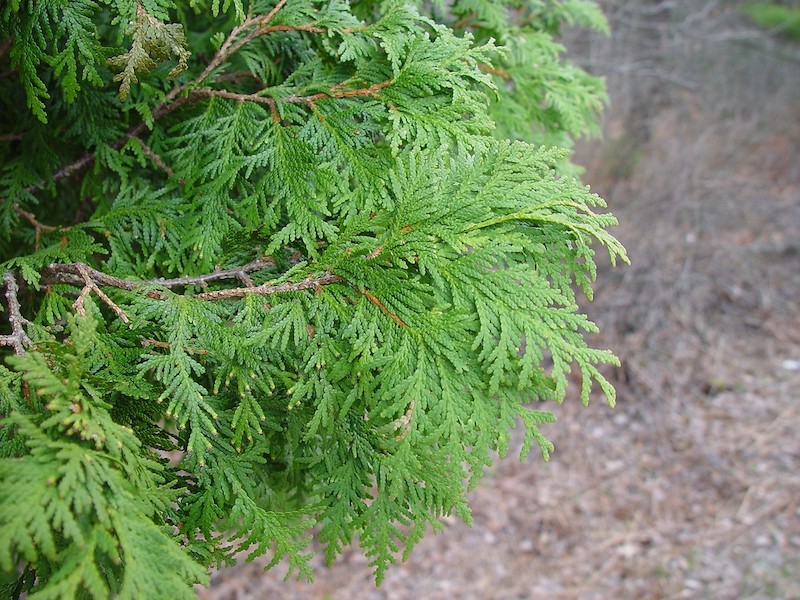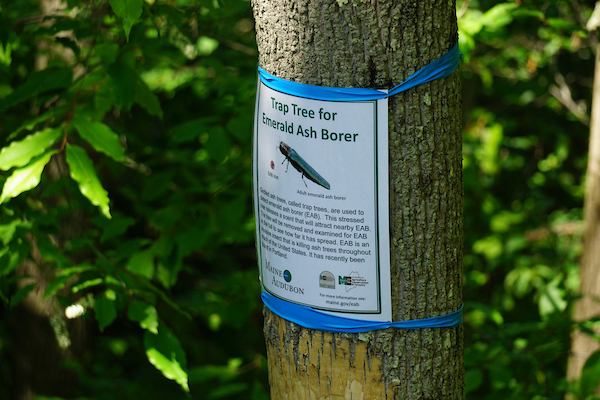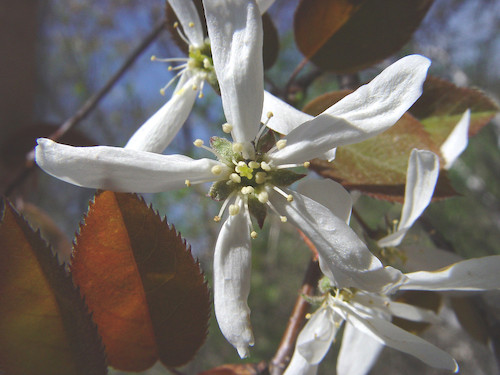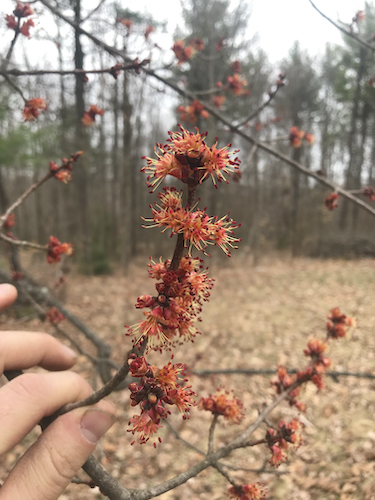
Just when we thought it was time to put away the snow tires, we were reminded that March remains predictably unpredictable. This latest snow storm inflicted heavy damage on trees and shrubs across our state. Fortunately, the majority of our resilient native plant communities withstood the heavy ice and snow. These natural disturbances have historically played a critical role in Maine’s ecosystems. However, as climate change increases in speed and intensity, the resilience of our natural systems will continue to be tested.
We tend to notice the effects or damage of these storms more often in developed areas such as our own backyards or along our streets and sidewalks. Often, natural plant communities are displaced by development and thereby leave the developed areas less resilient and at greater risk. In Portland, if one street tree falls, it is noticed immediately, while in a forest it may go entirely unnoticed. Street trees (trees that grow between the road and sidewalk) are particularly vulnerable, as they grow in a variety of stressful conditions such as limited space for their roots below ground, soil compaction, salt and nutrient pollution, and heavy pruning due to power lines.
 If you’ve driven around Portland lately, especially prior to the storm, you may have noticed that many Ash trees have been removed. One of the greatest threats to our native tree canopy right now is invasive insects, and a particular threat to Ash trees is the Emerald Ash Borer.
If you’ve driven around Portland lately, especially prior to the storm, you may have noticed that many Ash trees have been removed. One of the greatest threats to our native tree canopy right now is invasive insects, and a particular threat to Ash trees is the Emerald Ash Borer.
The Emerald Ash Borer (EAB) is a small but destructive insect that attacks ash trees. It lays eggs under the bark, and when the eggs hatch, the larvae burrow into the tree’s inner layers. These larvae feed on the tree’s nutrient-carrying tissues, disrupting its ability to transport water and nutrients. As a result, the ash tree becomes weakened and eventually dies due to starvation and damage caused by the burrowing larvae. In simple terms, the emerald ash borer kills ash trees by eating them from the inside out, making it difficult for the tree to stay healthy and survive.
When an Ash Tree is targeted by EAB, it becomes a safety hazard in developed areas because it is at risk of coming down. Cities like Portland are forced to be proactive in taking these trees down before storm events when they could cause significant damage.
Sadly, tree loss to invasive insects in Maine is nothing new. From Chestnut blight to Dutch Elm disease, we’ve witnessed these phenomena for decades. One of our greatest tools in fighting back and building resiliency is to increase biodiversity in our developed landscapes. As these trees come down from storms, invasive insects, and other pressures, we must be ready to replant in their place.

Planting a diverse range of native trees in our developed landscapes can alleviate these concerns, and they also provide benefits for both humans and wildlife. In the spring, serviceberries are flush with beautiful white flowers, creating a burst of color and signaling the beginning of the next season. Pollinators thrive on these flowers too, especially given the early timing of the blooms. Serviceberries are also a great alternative to the highly invasive Bradford pear tree (just by scent alone)!

Maple trees are a New England hallmark, as we delight in the tradition of collecting their sap and making sweet maple syrup. They also host more than 200 caterpillar species, and like serviceberries, they provide much-needed early spring flowers for pollinators.

Cedars also make a great choice. They are easy to prune, and our returning migratory birds love the dense branches and leaves which provide hiding and nesting spots. By planting these native trees in areas where we live, we not only support the wildlife that desperately need them, we celebrate the beginning of spring with beauty and an act of resiliency!
Upcoming Events:
April 9, 5 pm, in person at Gilsland Farm: BNH Book Club: These Trees Tell a Story: The Art of Reading Landscapes by Noah Charney
Charney, assistant professor of conservation biology at the University of Maine, says the book is “structured as a series of interactive field walks through ten New England ecosystems.” The author will also be giving a hybrid talk in person at Fields Pond Audubon Center (and viewable online over Zoom) on April 25 at 5 pm (see below). More / register >
April 16, 5 pm, online: Pollinator Specialists & Host Plant Relationships Online Webinar
There’s a lot of buzz around pollinators these days, but what’s the connection to native plants? Register for this online event to learn about specialist pollinators and their host plant relationships. More / register >
April 25, in person at Fields Pond and online: These Trees Tell a Story
Join us for this hybrid book talk with Bringing Nature Home Program Manager Andrew Tufts and award-winning author Noah Charney who will share engaging stories, poignant insights and immersive photography from his new book, These Trees Tell a Story, which teaches core ecological concepts while guiding readers to deeper connections with nature. More / register >
May 1: Woody Plant Sale Begins!
We’re trying something new this year with our first ever early-bird online woody sale! May is an ideal time for getting trees and shrubs in the ground, and we hope this sale will enable a prolonged and successful season of bringing nature home! Sales start online (at shop.mainenativeplants.org) on May 1, with curbside pick-ups available at our Gilsland Farm and Fields Pond location.
